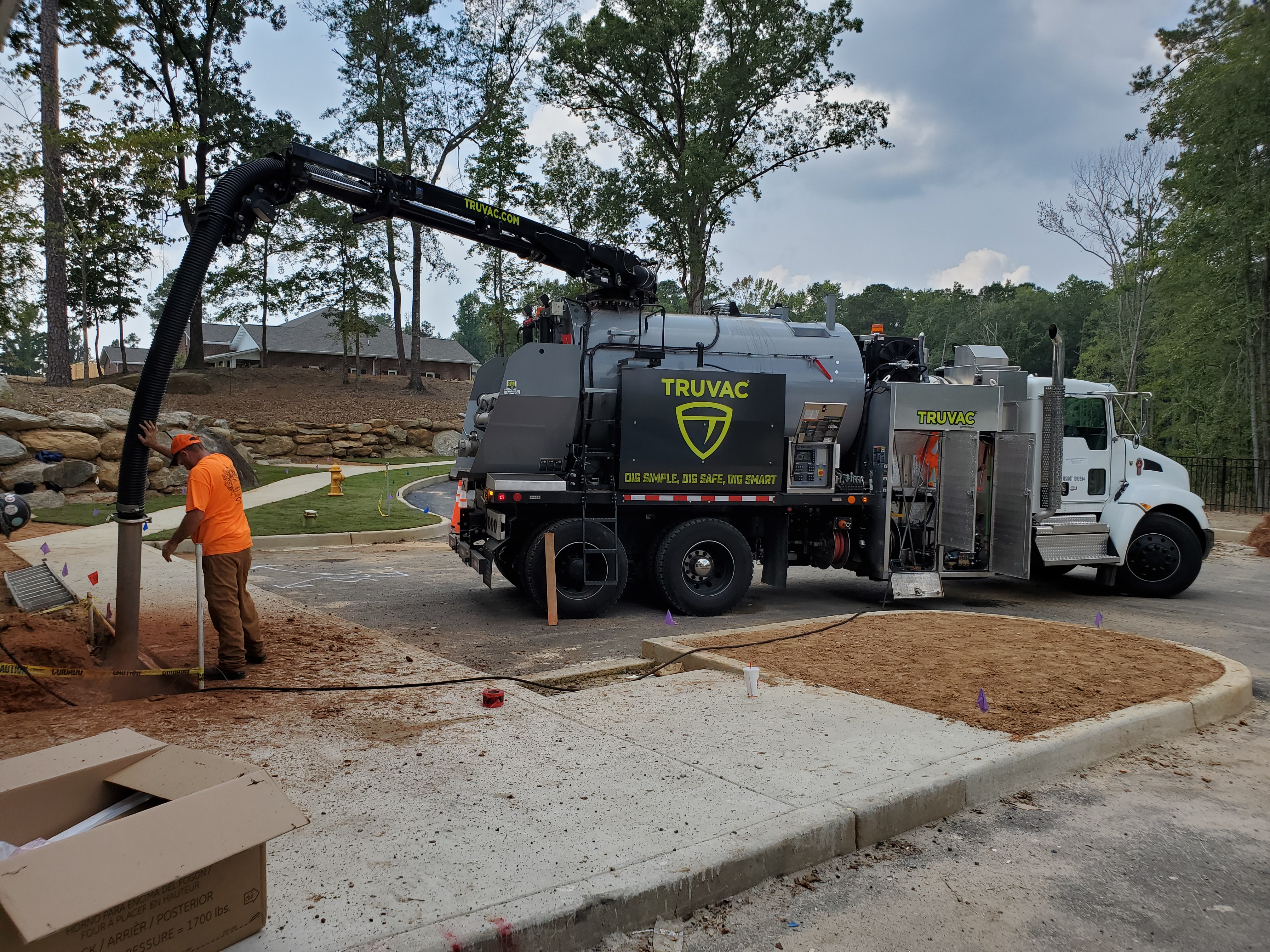Vacuum Truck Best Practices

Tips and Best Practices for Vacuum Truck Operations
Whether you’re excavating, clearing debris, cleaning sewers, or handling other types of jobs with your vacuum trucks, there are a lot of factors that go into maintaining a safe, productive operation. To provide some guidance, we’ve put together some key tips and best practices for vacuum truck operation to help optimize performance and reduce hazards.
Choose the right vacuum truck hose
One of the most important parts of ensuring optimal vacuum truck operation is using the correct hose. Hose diameter in particular is crucial when it comes to getting the most out of your equipment, as it can affect your suction power and change the velocity of the material within the hose. Larger diameter hoses require greater air flow in order to maintain suction. You want to make sure you have sufficient suction to move all the debris to the holding tank. If you don’t have enough suction, material could start to fall and clog your vacuum truck hose.
Use smooth bore hoses
We recommend always using a smooth bore vacuum truck hose instead of corrugated hoses. Corrugated options are often lighter weight and easier to store and handle, but they can hurt the performance of your vacuum truck, especially when hoses are stretched out over long distances. The reason is that corrugated hoses create more friction for the material traveling through them, slowing it down and making your vacuum work harder.
For any work that requires long runs of vacuum truck hose, choose smoothbore pipe or smooth-bore rubber options for the majority of the run, except for the last 20 feet. This strategy will help you achieve the performance you need, while making life easier for the operator by having a corrugated section at the end that is easier to handle.
Maintain a straight setup when possible
Keeping the hoses and tubes as straight as possible during vacuum truck operation will help material move easier. If you need to turn, avoid using a 90 degree elbow if you can, because such a sharp turn can lead to backups. An alternative is implementing 45 degree elbows or lengthening the turn across a stretch of 8’ to 10’ smooth bore hose. Hose turns are where the most wear typically occurs in your vacuum truck operation, so the less sharp the turn, the more you can reduce wear and tear.
Install an inline safety “T” vacuum breaker
A “T” vacuum breaker is a device that will shut down the vacuum in the case of an emergency. Although most newer vacuum trucks come standard with multiple emergency relief valves, it’s important to always install an inline “T” between the very last section and the working end of the hose as a failsafe. Place the breaker in a position that allows the operator to pull the safety rope and trigger the shutdown in the case of an emergency.
Watch out for static electricity
It’s important to properly ground your vacuum trucks before operating them to prevent the build up of static electricity. We recommend using a ground detection system to ensure that your truck is correctly grounded prior to beginning work. Air movers and vacuum trucks should never be used with low flash point materials that can easily ignite. Plus, you should also make sure that the materials you are vacuuming are compatible with material that was previously vacuumed to prevent dangerous chemical reactions in the holding tank.
Don’t forget about PPE
A critical piece of vacuum truck operation safety is wearing personal protection equipment (PPE). We recommend wearing gloves, eye protection, hard hats, ear plugs, reflective clothing, steel toe boots, and respirators or face masks.
Conduct a daily walkaround inspection before operation
It’s crucial that operators do a daily walk around inspection to check for any issues or irregularities with your vacuum trucks. A careful inspection will catch small problems before they become bigger, more expensive, and more dangerous. If any issues are noticed, operators should report them immediately and not use the equipment until they are resolved. Check for any fluids on the ground around the parked truck, fluid and battery levels, tire condition and inflation level, horns and lights, and safety features like backup alarms and seatbelts.
If you have any questions about your vacuum trucks or vacuum truck operation, contact our team today!
